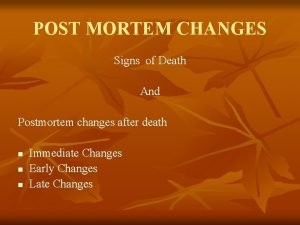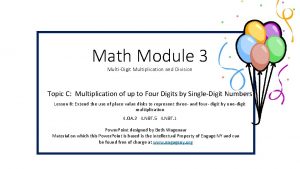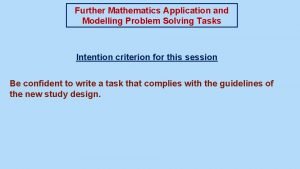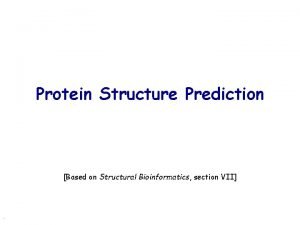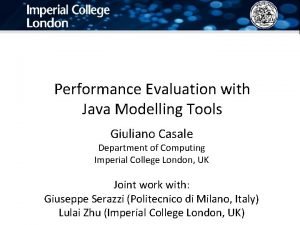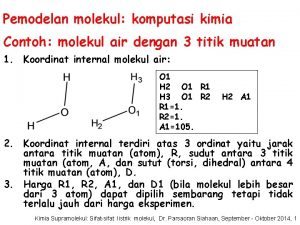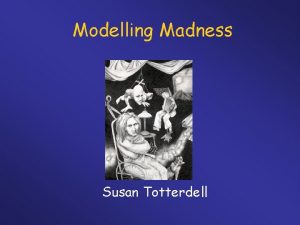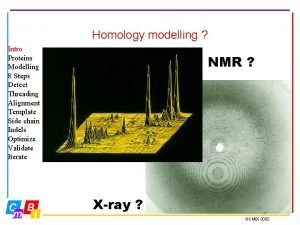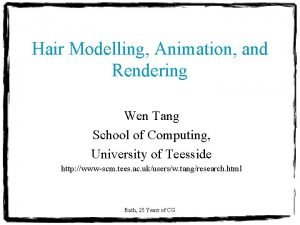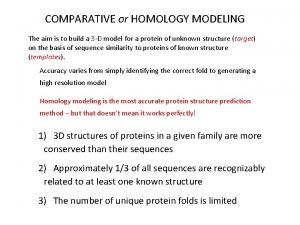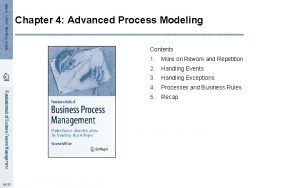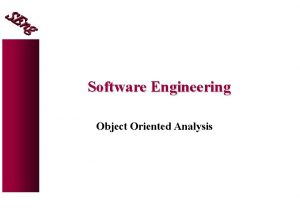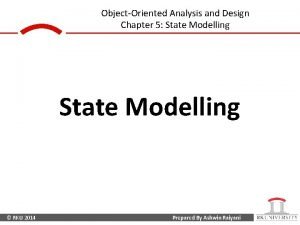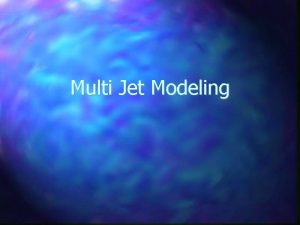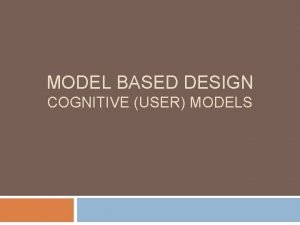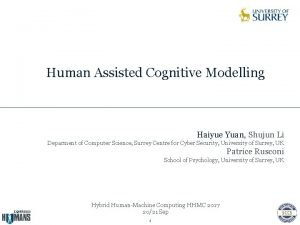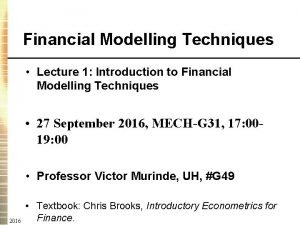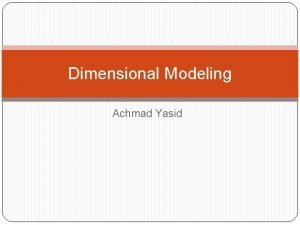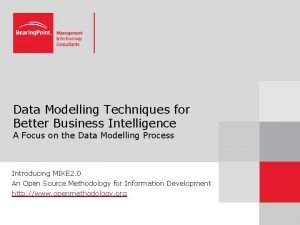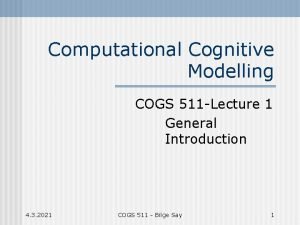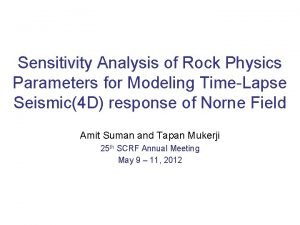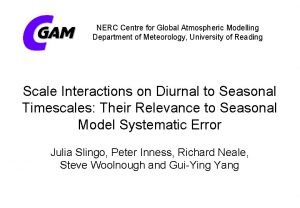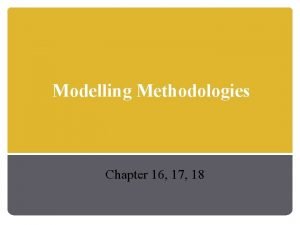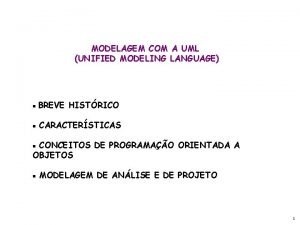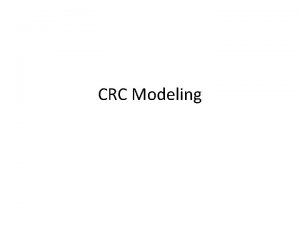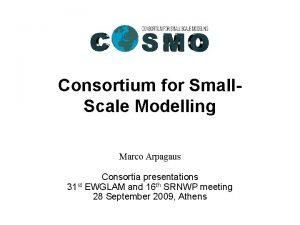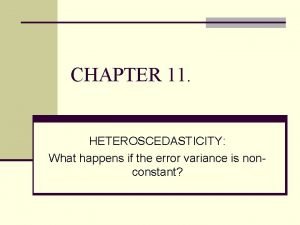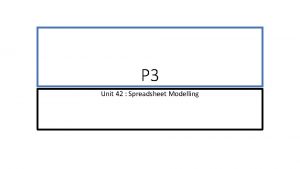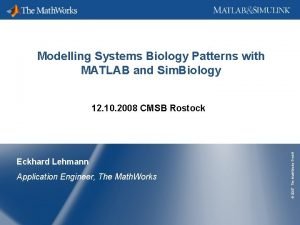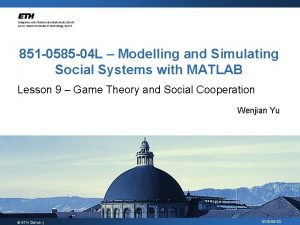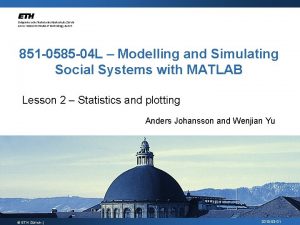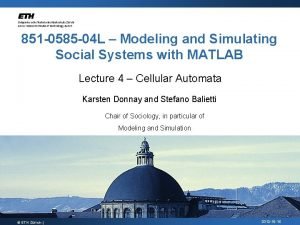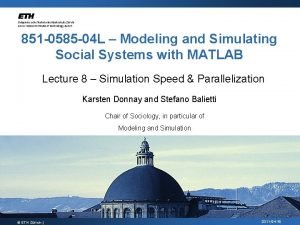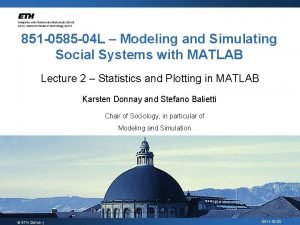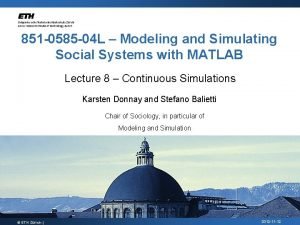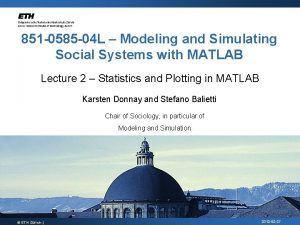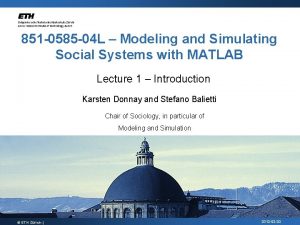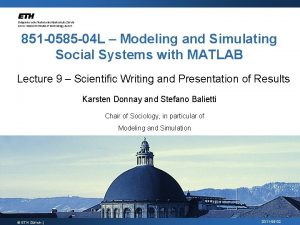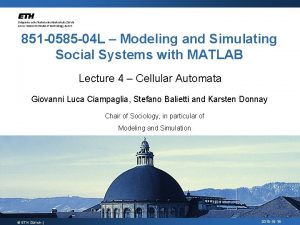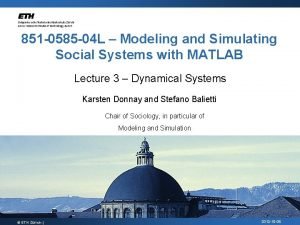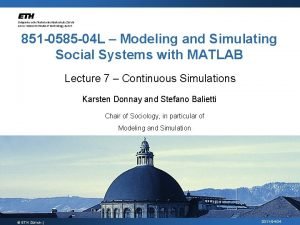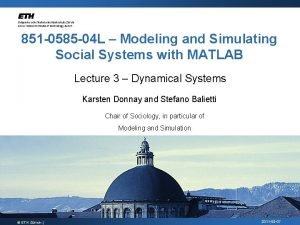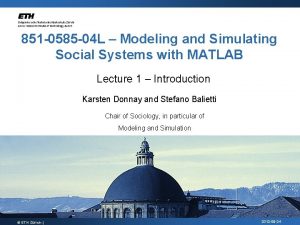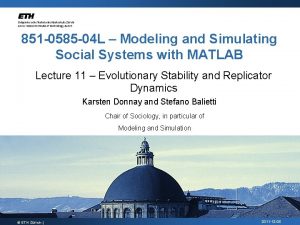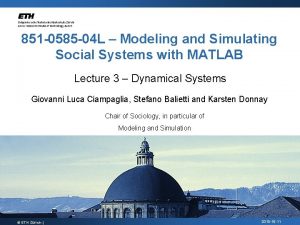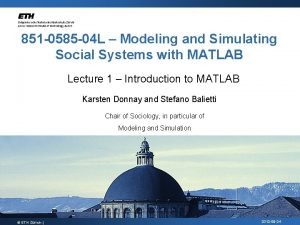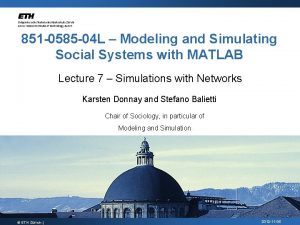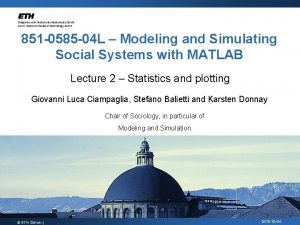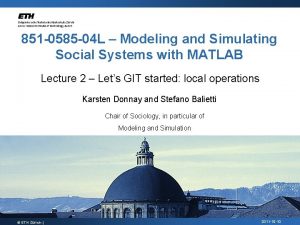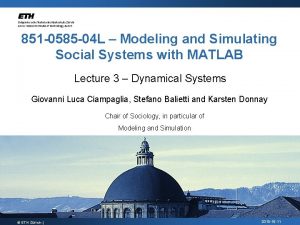851 0585 04 L Modelling and Simulating Social

















































![Scripts and functions absolute. Val. m function [R] = absolute. Val(x) % Compute the Scripts and functions absolute. Val. m function [R] = absolute. Val(x) % Compute the](https://slidetodoc.com/presentation_image_h2/7954ddd1f2b79f27fae2550091d80dd4/image-50.jpg)
![Scripts and functions absolute. Val. m function [R]= absolute. Val(x) % Compute the absolute Scripts and functions absolute. Val. m function [R]= absolute. Val(x) % Compute the absolute](https://slidetodoc.com/presentation_image_h2/7954ddd1f2b79f27fae2550091d80dd4/image-51.jpg)



- Slides: 54

851 -0585 -04 L – Modelling and Simulating Social Systems with MATLAB Lesson 1 © ETH Zürich | Anders Johansson and Wenjian Yu 2010 -02 -22

Lesson 1 - Contents § Introduction § MATLAB environment § What is MATLAB? § MATLAB basics: Variables and operators § Data structures § Loops and conditional statements § Scripts and functions § § Exercises 2010 -02 -22 A. Johansson & W. Yu / andersj@ethz. ch yuwen@ethz. ch 2

Modelling and Simulating Social Systems with MATLAB Weekly lecture with computer exercises. The two hours will be split into 30 minutes lecture and 60 minutes exercises. We will put the lecture slides and other material on the web page: www. soms. ethz. ch/matlab 2010 -02 -22 A. Johansson & W. Yu / andersj@ethz. ch yuwen@ethz. ch 3

Aims of the course § Learning the basics of MATLAB. § Learning how to implement models of various social processes and systems. § In the end of the course, all students (in pairs) should hand in a Seminar Thesis describing the implementation of a social-science model. The thesis should be about 20 pages long (including figures and source code) and be accompanied by a 10 -minutes presentation. 2010 -02 -22 A. Johansson & W. Yu / andersj@ethz. ch yuwen@ethz. ch 4

Seminar thesis Studying a scientific paper 2010 -02 -22 Reproducing results in MATLAB A. Johansson & W. Yu / andersj@ethz. ch yuwen@ethz. ch Writing a report and giving a talk 5

Projects from previous semesters Sugarscape Civil violence Group dynamics Trust Facebook social networks Space syntax Pedestrian dynamics Cycling strategies Tumour growth Segregation Cancer Traffic dynamics Swarms Sailing strategies Migration Flocks Cockroaches Size of wars Civil war Queuing models Synchronized clapping Game theory tournament Game theory Language formation 2010 -02 -22 A. Johansson & W. Yu / andersj@ethz. ch yuwen@ethz. ch 6

Contents of the course § The two first lectures will be spent on introducing the basic functionality of MATLAB: matrix operations, data structures, conditional statements, statistics, plotting, etc. § In the later lectures, we will introduce various modeling approaches from the social sciences: dynamical systems, cellular automata, game theory, networks, multi-agent systems, … 2010 -02 -22 A. Johansson & W. Yu / andersj@ethz. ch yuwen@ethz. ch 7

Contents of the course Introduction to MATLAB 22. 01. 03. 08. 03. 15. 03. 22. 03. 29. 03. Working on projects (seminar theses) 12. 04. 26. 04. 03. 05. 10. 05. 17. 05. 31. 05. 2010 -02 -22 Introduction to social-science modeling and simulation Handing in seminar thesis and giving a presentation A. Johansson & W. Yu / andersj@ethz. ch yuwen@ethz. ch 8

MATLAB § Why MATLAB? Quick to learn, easy to use, rich in functionality, good plotting abilities. § MATLAB is commercial software from The Math. Works, but there are free MATLAB clones with limited functionality (octave and Scilab). § MATLAB can be downloaded from ides. ethz. ch 2010 -02 -22 A. Johansson & W. Yu / andersj@ethz. ch yuwen@ethz. ch 9

MATLAB environment § Command window - Where the user enters commands. - Where MATLAB displays its results. 2010 -02 -22 A. Johansson & W. Yu / andersj@ethz. ch yuwen@ethz. ch 10

MATLAB environment § Command History - Store the typed commands. - A double click on a line execute it on the Command window. 2010 -02 -22 A. Johansson & W. Yu / andersj@ethz. ch yuwen@ethz. ch 11

MATLAB environment § Directory and workspace window - Current directory shows local hard drive. - Workspace displays current variables and their value. 2010 -02 -22 A. Johansson & W. Yu / andersj@ethz. ch yuwen@ethz. ch 12

What is MATLAB? § MATLAB derives its name from matrix laboratory § Interpreted language No compilation like in C++ or Java § The results of the commands are immediately displayed § 2010 -02 -22 A. Johansson & W. Yu / andersj@ethz. ch yuwen@ethz. ch 13

Overview - What is MATLAB? § MATLAB derives its name from matrix laboratory Matrices § Vectors § Scalars § 2010 -02 -22 x 11 x 12 x 13 x 21 x 22 x 23 A. Johansson & W. Yu / andersj@ethz. ch yuwen@ethz. ch 14

Overview - What is MATLAB? § MATLAB derives its name from matrix laboratory Matrices § Vectors § Scalars § 2010 -02 -22 x 11 x 12 x 13 A. Johansson & W. Yu / andersj@ethz. ch yuwen@ethz. ch 15

Overview - What is MATLAB? § MATLAB derives its name from matrix laboratory Matrices § Vectors § Scalars § 2010 -02 -22 x 11 A. Johansson & W. Yu / andersj@ethz. ch yuwen@ethz. ch 16

Overview - What is MATLAB? § MATLAB derives its name from matrix laboratory Matrices § Vectors § Scalars § Multi-dimensional § 2010 -02 -22 x 111 x 121 x 131 x 211 x 221 x 231 A. Johansson & W. Yu / andersj@ethz. ch yuwen@ethz. ch 17

Pocket calculator § MATLAB can be used as a pocket calculator: >> 1+2+3 ans= 6 >> (1+2)/3 ans= 1 2010 -02 -22 A. Johansson & W. Yu / andersj@ethz. ch yuwen@ethz. ch 18

Variables and operators § Variable assignment is made with ‘=’ >> num=10 num = 10 § Variable names are case sensitive: § Num, num, NUM are all different to MATLAB § The semicolon ‘; ’ cancel the validation display >> B=5; >> C=10*B C = 50 2010 -02 -22 A. Johansson & W. Yu / andersj@ethz. ch yuwen@ethz. ch 19

Variables and operators § Basic operators: + - * / : addition subtraction multiplication division § ^ : Exponentiation § sqrt() : Square root § >> a=2; >> b=5; >> c=9; >> R=a*(sqrt(c) + b^2); >> R R = 56 2010 -02 -22 A. Johansson & W. Yu / andersj@ethz. ch yuwen@ethz. ch 20

Data structures: Vectors § Vectors are used to store a set of scalars § Vectors are defined by using square bracket [ ] >> x=[0 2 4 10] x = 0 2 4 10 2010 -02 -22 A. Johansson & W. Yu / andersj@ethz. ch yuwen@ethz. ch 21

Data structures: Defining vectors § Vectors can be used to generate a regular list of scalars by means of colon ‘: ’ § n 1: k: n 2 generate a vector of values going from n 1 to n 2 with step k >> x=0: 2: 6 x = 0 2 4 6 The default value of k is 1 § >> x=2: 5 x = 2 3 4 5 2010 -02 -22 A. Johansson & W. Yu / andersj@ethz. ch yuwen@ethz. ch 22

Data structures: Accessing vectors § Access to the values contained in a vector § x(i) return the ith element of vector x >> x=1: 0. 5: 3; >> x(2) ans = 1. 5 § x(i) is a scalar and can be assigned a new value >> x=1: 5; >> x(3)=10; >> x x = 1 2 10 4 5 2010 -02 -22 A. Johansson & W. Yu / andersj@ethz. ch yuwen@ethz. ch 23

Data structures: Size of vectors § Vectors operations § The command length(x) return the size of the vector x >> x=1: 0. 5: 3; >> s=length(x) s = 5 § x(i) return an error >> x=1: 0. 5: 3; if i>length(x) >> x(6) ? ? ? Index exceeds matrix dimensions. 2010 -02 -22 A. Johansson & W. Yu / andersj@ethz. ch yuwen@ethz. ch 24

Data structures: Increase size of vectors § Vectors operations § Vector sizes can be dynamically increased by assigning a new value, outside the vector: >> x=1: 5; >> x(6)=10; >> x x = 1 2 3 4 5 10 2010 -02 -22 A. Johansson & W. Yu / andersj@ethz. ch yuwen@ethz. ch 25

Data structures: Sub-vectors § Vectors operations Subvectors can be addressed by using a colon § x(i: j) return the sub vector of x starting from the ith element to the jth one § >> x=1: 0. 2: 2; >> y=x(2: 4); >> y y = 1. 2 2010 -02 -22 1. 4 1. 6 A. Johansson & W. Yu / andersj@ethz. ch yuwen@ethz. ch 26

Data structures: Matrices § Matrices are two dimensional vectors § Can be defined by using semicolon into square brackets [ ] >> x=[0 2 4 ; 1 3 5 ; 8 8 8] x 0 1 8 = 2 4 3 5 8 8 >> x=[1: 4 ; 5: 8 ; 1: 2: 7] x 1 5 1 2010 -02 -22 = 2 3 4 6 7 8 3 5 7 A. Johansson & W. Yu / andersj@ethz. ch yuwen@ethz. ch 27

Data structures: Matrices § Accessing the elements of a matrix x(i, j) return the value located at ith line and jth column § i and j can be replaced by a colon ‘: ’ to access the entire line or column § >> x=[0 2 4 ; 1 3 5 ; 8 8 8] x 0 1 8 = 2 4 3 5 8 8 >> y=x(2, 3) y = 5 2010 -02 -22 A. Johansson & W. Yu / andersj@ethz. ch yuwen@ethz. ch 28

Data structures: Matrices § Access to the values contained in a matrix x(i, j) return the value located at ith line and jth column § i and j can be replaced by a colon ‘: ’ to access the entire line or column § >> x=[0 2 4 ; 1 3 5 ; 8 8 8] x 0 1 8 = 2 4 3 5 8 8 >> y=x(2, : ) y = 1 3 5 2010 -02 -22 A. Johansson & W. Yu / andersj@ethz. ch yuwen@ethz. ch 29

Data structures: Matrices § Access to the values contained in a matrix x(i, j) return the value located at ith line and jth column § i and j can be replaced by a colon ‘: ’ to access the entire line or column § >> x=[0 2 4 ; 1 3 5 ; 8 8 8] x 0 1 8 = 2 4 3 5 8 8 >> y=x(: , 3) y = 4 5 8 2010 -02 -22 A. Johansson & W. Yu / andersj@ethz. ch yuwen@ethz. ch 30

Matrices operations: Transpose § Transpose matrix Switches lines and columns § transpose(x) or simply x’ § >> x=[1: 3 ; 4: 6] x = 1 2 3 4 5 6 >> transpose(x) x 1 2 3 = 4 5 6 >> x’ x 1 2 3 = 4 5 6 2010 -02 -22 A. Johansson & W. Yu / andersj@ethz. ch yuwen@ethz. ch 31

Matrices operations § Inter-matrices operations C=A+B : returns C with C(i, j) = A(i, j)+B(i, j) § C=A-B : returns C with C(i, j) = A(i, j)-B(i, j) § A and B must have the same size, unless one of them is a scalar >> A=[1 2; 3 4] ; B=[2 2; 1 1]; >> C=A+B C = 3 4 4 5 >> C=A-B C = -1 0 2 3 2010 -02 -22 A. Johansson & W. Yu / andersj@ethz. ch yuwen@ethz. ch 32

Matrices operations: Multiplication § Inter-matrices operations § C=A*B is a matrix product. Returns C with C(i, j) = ∑ (k=1 to N) A(i, k)*B(k, j) N is the number of columns of A which must equal the number of rows of B 2010 -02 -22 A. Johansson & W. Yu / andersj@ethz. ch yuwen@ethz. ch 33

Element-wise multiplication § Inter-matrices operations § C=A. *B returns C with C(i, j) = A(i, j)*B(i, j) A and B must have the same size, unless one of them is a scalar >> A=[2 2 2; 4 4 4]; >> B=[2 2 2; 1 1 1]; >> C=A. *B C = 4 4 4 2010 -02 -22 A. Johansson & W. Yu / andersj@ethz. ch yuwen@ethz. ch 34

Element-wise division § Inter-matrices operations § C=A. /B returns C with C(i, j) = A(i, j)/B(i, j) A and B must have the same size, unless one of them is a scalar >> A=[2 2 2; 4 4 4]; >> B=[2 2 2; 1 1 1]; >> C=A. /B C = 1 1 1 4 4 4 2010 -02 -22 A. Johansson & W. Yu / andersj@ethz. ch yuwen@ethz. ch 35

Matrices operations: Division § Inter-matrices operations § x=Ab returns the solution of the linear equation A*x=b A is a n-by-n matrix and b is a column vector of size n >> A=[3 2 -1; 2 -2 4; -1 0. 5 -1]; >> b=[1; -2; 0]; >> x=Ab x = 1 -2 -2 2010 -02 -22 A. Johansson & W. Yu / andersj@ethz. ch yuwen@ethz. ch 36

Matrices: Creating § Matrices can also created by these commands: rand(n, m) a matrix of size n x m, containing random numbers [0, 1] zeros(n, m), ones(n, m) a matrix containing 0 or 1 for all elements 2010 -02 -22 A. Johansson & W. Yu / andersj@ethz. ch yuwen@ethz. ch 37

The for loop § Vectors are often processed with loops in order to access and process each value, one after the other: § Syntax : for i=x …. end § With - i the name of the running variable - x a vector containing the sequence of values assigned to i 2010 -02 -22 A. Johansson & W. Yu / andersj@ethz. ch yuwen@ethz. ch 38

The for loop § MATLAB waits for the keyword end before computing the result. >> for i=1: 3 i^2 end i = 1 i = 4 i = 9 2010 -02 -22 A. Johansson & W. Yu / andersj@ethz. ch yuwen@ethz. ch 39

The for loop § MATLAB waits for the keyword end before computing the result. >> for i=1: 3 y(i)=i^2; end >> y y = 1 2010 -02 -22 4 9 A. Johansson & W. Yu / andersj@ethz. ch yuwen@ethz. ch 40

Conditional statements: if § The keyword if is used to test a condition § Syntax : if (condition). . sequence of commands. . end The condition is a Boolean operation § The sequence of commands is executed if the tested condition is true § 2010 -02 -22 A. Johansson & W. Yu / andersj@ethz. ch yuwen@ethz. ch 41

Logical operators § <, > == && || ~ § (1 stands for true, 0 stands for false) § § 2010 -02 -22 : less than, greater than : equal to : and : or : not ( ~true is false) A. Johansson & W. Yu / andersj@ethz. ch yuwen@ethz. ch 42

Conditional statements: Example § An example: >> threshold=5; >> x=4. 5; >> if (x<threshold) diff = threshold - x; end >> diff = 0. 5 2010 -02 -22 A. Johansson & W. Yu / andersj@ethz. ch yuwen@ethz. ch 43

Conditional statements: else § The keyword else is optional Syntax : § if (condition). . sequence of commands n° 1. . else. . sequence of commands n° 2. . end >> if (x<threshold) diff = threshold - x ; else diff = x – threshold; end 2010 -02 -22 A. Johansson & W. Yu / andersj@ethz. ch yuwen@ethz. ch 44

Scripts and functions § External files used to store and save sequences of commands. § Scripts: Simple sequence of commands § Global variables § § Functions: Dedicated to a particular task § Inputs and outputs § Local variables § 2010 -02 -22 A. Johansson & W. Yu / andersj@ethz. ch yuwen@ethz. ch 45

Scripts and functions § Should be saved as. m files : From the Directory Window 2010 -02 -22 A. Johansson & W. Yu / andersj@ethz. ch yuwen@ethz. ch 46

Scripts and functions § Scripts : § Create. m file, e. g. sum. Vector. m. Type commands in the file. § Type the file name, . e. g sum. Vector, in the command window. § sum. Vector. m %sum of 4 values in x >> sum. Vector x=[1 3 5 7]; R=x(1)+x(2)+x(3)+x(4); R R = 16 2010 -02 -22 A. Johansson & W. Yu / andersj@ethz. ch yuwen@ethz. ch 47

Scripts and functions § Make sure that the file is in your working directory! 2010 -02 -22 A. Johansson & W. Yu / andersj@ethz. ch yuwen@ethz. ch 48

Scripts and functions § Functions : § Create. m file, e. g. absolute. Val. m § Declare inputs and outputs in the first line of the file, function [out 1, out 2, …] = function. Name (in 1, in 2, …) e. g. function [R] = absolute. Val(x) § Use the function in the command window function. Name(in 1, in 2, …) e. g. absolute. Val(x) 2010 -02 -22 A. Johansson & W. Yu / andersj@ethz. ch yuwen@ethz. ch 49
![Scripts and functions absolute Val m function R absolute Valx Compute the Scripts and functions absolute. Val. m function [R] = absolute. Val(x) % Compute the](https://slidetodoc.com/presentation_image_h2/7954ddd1f2b79f27fae2550091d80dd4/image-50.jpg)
Scripts and functions absolute. Val. m function [R] = absolute. Val(x) % Compute the absolute value of x if (x<0) R = -x ; else R = x ; end >> A=absolute. Val(-5); >> A A = 5 2010 -02 -22 A. Johansson & W. Yu / andersj@ethz. ch yuwen@ethz. ch 50
![Scripts and functions absolute Val m function R absolute Valx Compute the absolute Scripts and functions absolute. Val. m function [R]= absolute. Val(x) % Compute the absolute](https://slidetodoc.com/presentation_image_h2/7954ddd1f2b79f27fae2550091d80dd4/image-51.jpg)
Scripts and functions absolute. Val. m function [R]= absolute. Val(x) % Compute the absolute value of x if (x<0) R = -x ; else R = x ; end >> A=absolute. Val(-5); >> A A = 5 2010 -02 -22 A. Johansson & W. Yu / andersj@ethz. ch yuwen@ethz. ch 51

Exercise 1 § Compute: a) b) c) § Slides/exercises: www. soms. ethz. ch/matlab (use Firefox!) 2010 -02 -22 A. Johansson & W. Yu / andersj@ethz. ch yuwen@ethz. ch 52

Exercise 2 § Solve for x: 2010 -02 -22 A. Johansson & W. Yu / andersj@ethz. ch yuwen@ethz. ch 53

Exercise 3 § Fibonacci sequence: write a function which compute the Fibonacci sequence of a given number n and return the result in a vector. § The Fibonacci sequence F(n) is given by : 2010 -02 -22 A. Johansson & W. Yu / andersj@ethz. ch yuwen@ethz. ch 54
 Heat stiffening and cold stiffening
Heat stiffening and cold stiffening Diaphanous test
Diaphanous test 10 cfr 851
10 cfr 851 Occupational health and safety act ontario
Occupational health and safety act ontario 20 x 3
20 x 3 Agent use only
Agent use only Ngic 888-781-0585
Ngic 888-781-0585 Which geometric modeling has ambiguous representation
Which geometric modeling has ambiguous representation Modelling relationships and trends in data
Modelling relationships and trends in data Problem solving and modelling task
Problem solving and modelling task Apa itu social thinking
Apa itu social thinking Social thinking social influence social relations
Social thinking social influence social relations Technological modelling
Technological modelling Energy based model
Energy based model Java modelling tools
Java modelling tools Molecular modelling laboratory
Molecular modelling laboratory Modelling madness
Modelling madness Models of interaction in hci
Models of interaction in hci Revolver formula min max
Revolver formula min max Homology modelling steps
Homology modelling steps Hair modelling
Hair modelling Edlc full form in embedded system
Edlc full form in embedded system Homology modelling steps
Homology modelling steps Exercise 4
Exercise 4 Modeling mechanical systems examples
Modeling mechanical systems examples Modelling rich interaction
Modelling rich interaction Unit 5 data modelling assignment 2
Unit 5 data modelling assignment 2 What is graphical modelling tool for structured analysis
What is graphical modelling tool for structured analysis Algorithmic cost modelling
Algorithmic cost modelling Class responsibility collaborator modelling
Class responsibility collaborator modelling State modelling
State modelling Object oriented modelling
Object oriented modelling Multi-jet modeling
Multi-jet modeling Cognitive modelling
Cognitive modelling Cognitive modelling
Cognitive modelling Types of financial modelling techniques
Types of financial modelling techniques Menurut anda apa tujuan dari dimensional modelling
Menurut anda apa tujuan dari dimensional modelling Data modelling techniques in business intelligence
Data modelling techniques in business intelligence Malatesta's modelling e.g. by mother
Malatesta's modelling e.g. by mother Cognitive modelling
Cognitive modelling Building information modelling ppt
Building information modelling ppt Threat modelling web application
Threat modelling web application 150000/175
150000/175 Modelling
Modelling Define the relationship chapter 16
Define the relationship chapter 16 Unified modelling language
Unified modelling language Disease modelling
Disease modelling Modelling software
Modelling software Crc modeling
Crc modeling Modelling
Modelling Or modelling
Or modelling Solid
Solid Consequence modelling software
Consequence modelling software Unit 42 spreadsheet modelling
Unit 42 spreadsheet modelling Sim biology
Sim biology

